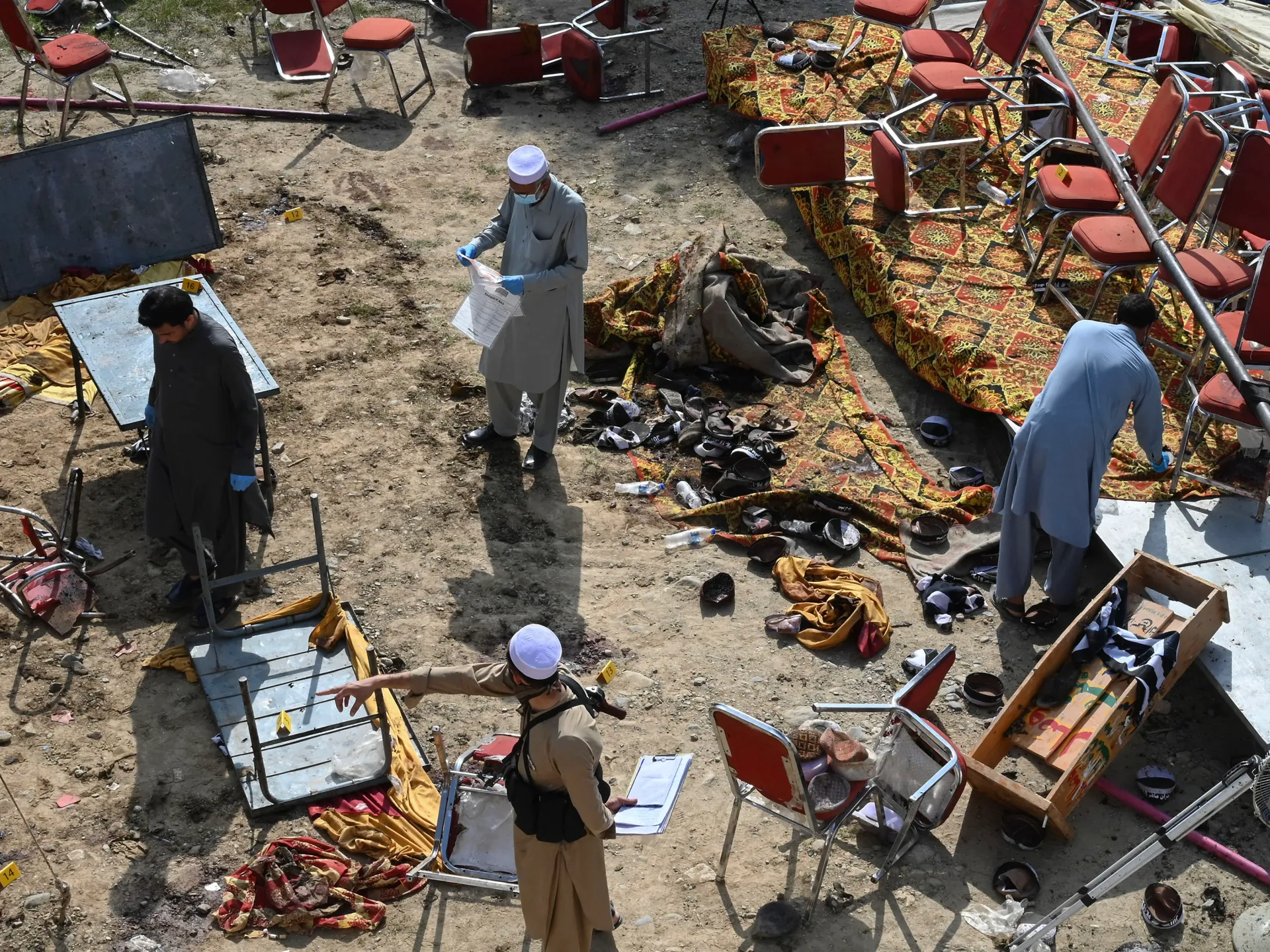Japan is shedding its pacifist agenda as the most significant defence overhaul was announced in December 2002. The country declared its most significant military buildup programme since World War II, with a plan to increase defence spending by more than a quarter in 2023, purchasing $1.6 billion in US-made Tomahawk cruise missiles, and deploying a surface-to-air missile defence unit on Yonaguni Island, near Taiwan, to strengthen the defence of Japan’s southwestern islands. The military buildup is undoubtedly decisive for the nation and the Asia-Pacific region.
During a recent official visit to Tokyo, the Secretary-General of NATO, Jens Stoltenberg, called for a stronger partnership between NATO and Japan, stating that their security concerns are closely linked. This indicates that Japan is emerging as a strong military ally of the West in the Asia-Pacific region.
The U.S. and NATO will not shy away from arming this new partner, who recently issued a new national security strategy departing from its post-World War II principle of self-defense “only.”
Last month, Japanese Prime Minister Fumio Kishida released three new strategic documents, the National Security Strategy, National Defence Strategy, and Defence Buildup Programme, to guide the country’s security policy for the next five to ten years. These revisions follow those from 2013 and 2018 and result from the gradual evolution of Japanese security practises over several decades, not a sudden change.
Japan: From Pacifist to Militarist?
Japan’s plan to double its defence spending by 2027, jumping from the ninth-largest defence spender to the third, has sparked debates and apprehensions across the region. This move has sparked debate and stirred fears across the region. Since the news broke, much has been discussed regarding the “major shift” in Japanese security policies, including how and why Japan is abandoning its “pacifist” origins and opting for militarization.
Interestingly, Japan does not only aim to double its military spending but also plans to develop a new “counterstrike” capability that will enable it to conduct retaliatory attacks on enemy territory.
This counterstrike capability would allow Japan to fight against enemy missile launchers and command-and-control facilities to prevent additional strikes if enemy missiles attacked. Just recently, the United States approved the sale of 500 Tomahawk missiles to Japan at the request of Prime Minister Kishida, as Japan is ready to spend billions on an arms buildup. Moreover, Japan’s Ground Self-Defence Forces are modifying the Type 12 surface-to-ship missile, and the new models are scheduled to go into service in 2026.
Moreover, Japan is relaxing the restrictions on arms exports to bolster the country’s weak defence industry. The Japanese Ministry of Defence released a report outlining the new military technology they are working on. It issued a military equipment wish list, including hypersonic weapons and unmanned systems.
These steps reflect a significant policy shift from Japan’s previous policy frameworks. This is undoubtedly a decisive moment for both Japan and the region, as these actions will determine the future of regional defence and security.
One essential postulate in the security documents calls for acquiring sufficient ‘munitions stockpiles’ to ensure that supplies don’t deplete once there is a conflict. Moreover, the Japanese government adopted a plan to maximise nuclear energy, another significant shift. The goal is to extend the lifespan of nuclear reactors by replacing the old ones and even building new ones. The programme includes restarting as many as possible and developing next-generation reactors.
The Roadmap for Defence
Recently, Japan unveiled a massive 114.4 trillion yen ($863 billion) budget in April for the next fiscal year, reflecting a considerable defence expenditure and higher social security costs of catering to a fast-aging population. This defence spending can adversely affect Japan’s economy and hinder economic and developmental goals; recently, Japan’s inflation hit a 40-year high.
An important question is whether Japan is in a position to unfold its newly formed policies. To materialise this hefty defence spending, the Kishida administration has a long way to go, as the public has disapproved of the tax hike in light of the defence spending. In a recent poll, nearly 65% disapproved of tax hikes to cover Japan’s increased defence budget. Moreover, despite two major election victories, Kishida’s public approval rating plunges, which can cause a setback to this adventurous move to heavily militarise Japan.
Like other global and regional powers, Japan is also taking steps to adjust to the changing international security environment. One can presume that ever-emerging scenarios, including the Russia-Ukraine conflict, have pushed Japan to overhaul its military. Time will tell how the regional countries, including China and South Korea, will respond to this militarization. Nonetheless, this sudden and significant policy change has already shaken and will further affect the security dynamics of Asia-Pacific in times to come.
This whole episode may further spark an unending cycle of the arms race and the region’s militarization, affecting equilibrium, which is already disturbed.
In conclusion, Japan’s military buildup is a pivotal moment for the nation and the region, and its impact will be closely watched in the coming years. Japan must balance its security needs with its economic and developmental goals while ensuring stability and peace in the Asia-Pacific region.
The views expressed in this article are the author’s own. They do not necessarily reflect the editorial policy of the South Asia Times.







